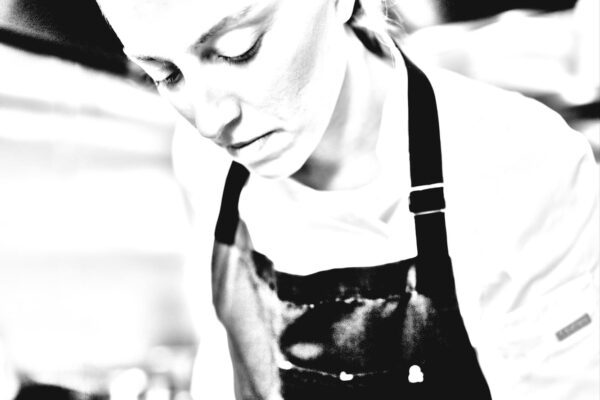Making Dreams a Reality
Virtual Reality
Words by Sam Lauron Photo by Eric Morales
Virtual reality remains a fairly new medium, especially when used for art. But for those who have ventured into the simulating world of design, their creations have brought a new meaning to three-dimensional art.
Topher Sipes didn’t initially dream of becoming a virtual reality artist. However, he didn’t stray too far off his intended path. Sipes has been drawing for as long as he can remember and grew up wanting to become a video game designer and animator. Eventually sensing the need to combine his analog skills with digital tools, Sipes pursued Communication Design at Texas State University. It was there that he discovered a tool that would alter his expertise: digital drawing tablets. “Being introduced to that medium, as a professional artist, was life changing,” he recalls.
After college, Sipes continued his art and design career through other outlets like organizing local artist exhibits and designing children’s theme parks and playgrounds. Through the creative relationships, or “creationships” as he likes to call them, he made with the art community, Sipes was introduced to a new medium: performance art through visual projection. Partnering with dancers and musicians, Sipes used a digital drawing tablet or multi-touch screen to create live animations that would stream across the performer. “I treat the touch screen like a dance floor for my hands,” he explains.
He later co-founded ARTheism, an immersive performance art company, with dancer Samantha Beasley. The two performed their visual projections at events including the local festival, Voice & Exit (now known as Future Frontiers). The festival asked him to perform again in 2016 but this time using virtual reality. During the event’s live music performance, he was able to draw in 3D and combine his skills in drawing, dancing, and sculpting. Coincidentally, Sipes also participated in (and won) a VR art competition hosted by Originator Studios that same weekend. Each of his passions and work experiences culminated during this time, which marked the beginning of his venture into his virtual reality art career.
VR uses motion tracking to create a virtual space where animations and graphics come to life. The technology makes users feel as if they are actually experiencing whatever is being streamed through their headset. Sipes uses tethered headsets which offer more control than the more familiar mobile versions. When it comes to experiencing art in the virtual reality world, users can place themselves inside a drawing or design by walking through it, around it, or even inside it. The immersive medium offers seemingly unlimited possibilities, making it approachable even for those who don’t consider themselves artists. “People open up when they’re in the virtual creative space,” Sipes acknowledges.
With multiple VR creations for himself and others under his belt, and even a virtual reality project in the works with a major symphony, Sipes is looking forward to sharing this growing medium with a wider audience. “It’s exciting to share VR creations and embodied experiences with people who haven’t tried it before,” he adds, “whether they think of themselves as artists or not, it provides new perspectives for how we can relate to ourselves, each other, and the world.”
Visit Originator Studios
After winning the VR competition at Originator Studios, Sipes received free studio time and eventually became the studio’s VR Arcade operator. The VR Arcade at Originator Studios allows guests to enjoy virtual reality gaming by the hour. As the arcade operator, Sipes helps to curate and facilitate their experience. “I’m like a virtual reality lifeguard,” he smiles.
718 Northwestern Ave. | originatorstudios.com
Contact:
tophographics.com
@tophographics














